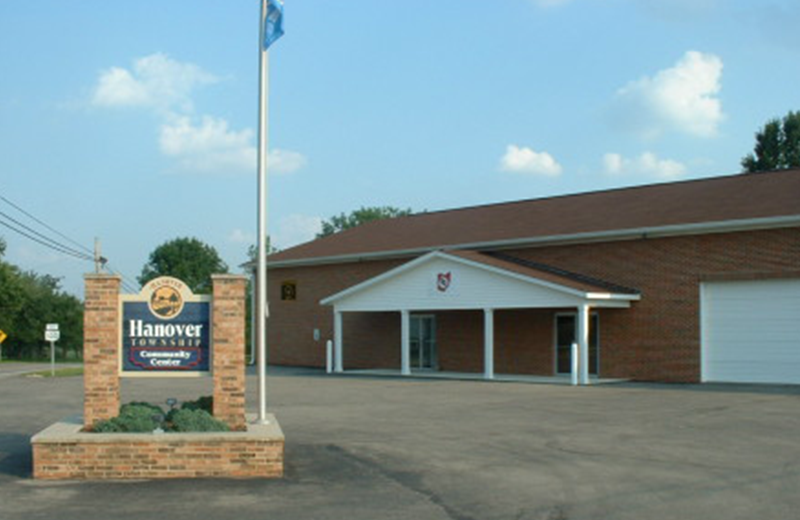
Geography Īccording to the United States Census Bureau, the township had a total area of 10.75 square miles (27.83 km 2), including 10.52 square miles (27.23 km 2) of land and 0.23 square miles (0.59 km 2) of water (2.14%). The Seeing Eye, the first guide dog school for the blind in the United States, was located in Whippany between 19, before moving to its current campus in nearby Morris Township. The first demonstration of long distance television transmission in the United States took place in 1927, with a transmission that went via wire from Washington, D.C., to New York, and from Whippany to New York using radio. Lucent Technologies had a large facility in Whippany. Over the second half of the twentieth century, the Township became thoroughly suburban. This industry was driven by the ever-present power of the Whippany River. Until the post- World War II suburbanization of New Jersey, Hanover Township was a sparsely populated industrial town known for its iron works and paper mills. The Monroe area of Whippany is located around Whippany Road and Cedar Knolls Road, marked by a building in the intersection named Monroe Hall.

#HANOVER TOWNSHIP ZIP#
Another section of Cedar Knolls is called Trailwood which has a section of its land in a Morris Plains ZIP code, the area closest to American Way. A section of Malapardis, even though it is in Hanover Township's borders, has a Morris Plains mailing zip code. The Malapardis area of Cedar Knolls is primarily located around Malapardis Road. The old settlements of Monroe and Malapardis were consumed by development and what remains are two communities-Whippany and Cedar Knolls-which are roughly separated by Interstate 287. The name Whippany is adapted from the Native American word Whippanong which means “place of the arrow wood". ĭuring the Revolutionary War, George Washington and his troops often camped in, and marched through, Hanover Township. Additional portions of the township were taken to form Chatham Township (February 12, 1806), Rockaway Township (April 8, 1844), Boonton Town (March 16, 1866), Mountain Lakes (April 29, 1924), Morris Plains (April 15, 1926), East Hanover Township and Parsippany-Troy Hills Township (which both split off on May 9, 1928). Hanover Township was established by the Township Act of 1798 of the New Jersey Legislature on February 21, 1798. Portions of the township were taken to form Mendham Township on March 29, 1749.

The Township was subdivided into smaller municipalities that could provide more responsive local control despite placing greater demands on the local tax base to support new facilities for each. Originally encompassing all of Morris County and parts of Sussex and Warren County, Hanover Township became too unwieldy for a single local government to maintain. Its size has been considerably decreased as the population of the area has increased since the creation of Hanover Township in 1720 and its incorporation on March 25, 1740, with the formation of Morris County. This namesake was given to the Township of Hanover on December 7, 1720, as a sign of respect to George I of Great Britain who was of the House of Hanover and who ruled over the American colonies in the eighteenth century. The name "Hanover" was taken from the House of Hanover in Germany. Morris' original township was 'Whippenny' which itself comprised all of what is now Morris County. The counties were partitioned into townships. Once the Province of West Jersey purchased the land from the local Lenape Native Americans, the original County of Morris was created and comprised all of what is now Morris, Sussex and Warren Counties. New Englanders established a settlement along the Whippany River in 1685 near the current location of the old Whippany Cemetery on Route 10. Hanover Township is the site of the first European settlement in northwest New Jersey. Patriots' Path, a wilderness walkway and bike trail that stretches for 26 miles (42 km), also passes through the township along the Whippany River. Located just north of the historic town of Morristown (separated by a thin strip of Morris Township) and adjacent to the regional Morristown Municipal Airport, Hanover Township offers many public attractions including the Whippany Railway Museum, the Frelinghuysen Arboretum and the Morris County Library. The township comprises the unincorporated communities of Whippany and Cedar Knolls. As of the 2020 United States census, the township's population was 14,677, an increase of 965 (+7.0%) from the 2010 census count of 13,712, which in turn reflected an increase of 814 (+6.3%) from the 12,898 counted in the 2000 census.

Hanover Township is a township in Morris County, in the U.S.


 0 kommentar(er)
0 kommentar(er)
